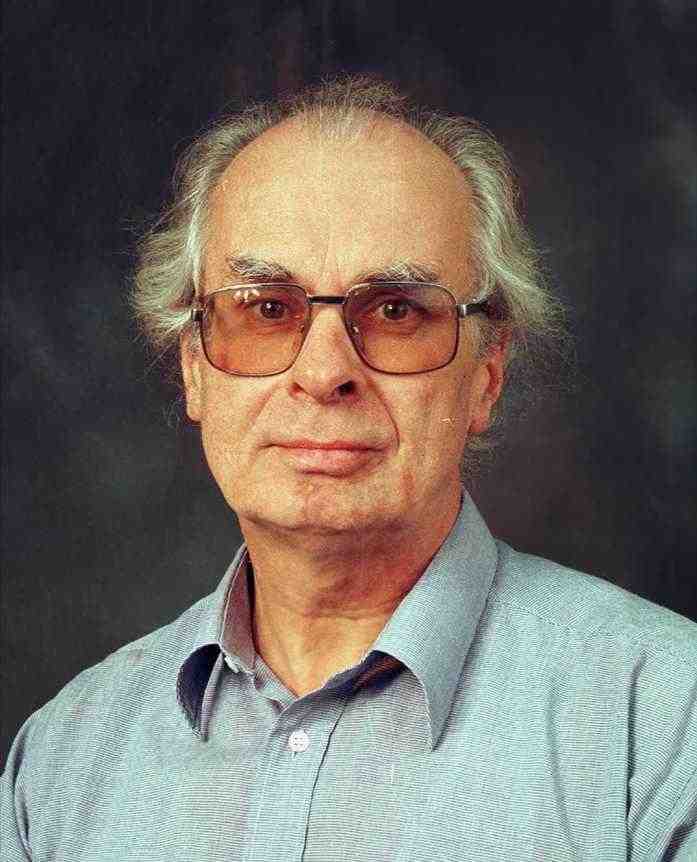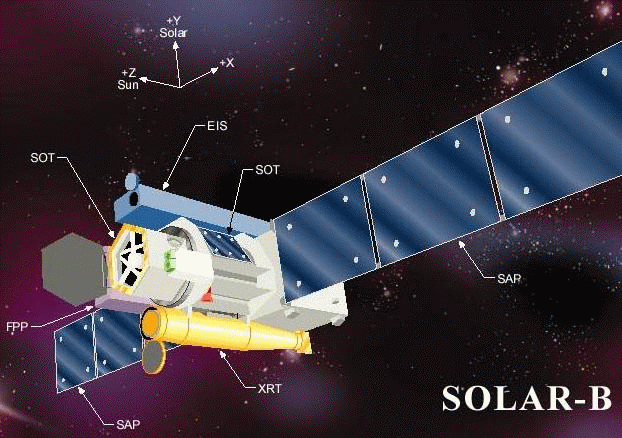Name: Professor Len Culhane FRS
Job title: Professor of Physics
What education and qualifications do you have?
B.Sc. Honours: 1st in Physics, University College Dublin, 1955-59. MSc (Thesis on Properties of K-Mesons), UCD, 1959-60. Ph.D (Thesis on X-ray Astronomy of the Sun), University College London, 1960-66. Elected FRS, 1985.
Give an outline of your career so far
My Ph.D work involved the first direct demonstration, with the
proportional counter spectrometer on the UK/US Ariel-I launched in 1962,
that the Sun's X-ray spectrum hardened during solar flares and was due to
emission from high temperature (~ 10 000 000 K) gas. In 1969, I spent a
year at the Lockheed Palo Alto Lab in California where I was Principal
Investigator (PI) for an advanced multi-grid imaging detector on OSO-8.
Returning to UCL, I was involved with the Ariel V X-ray Astronomy project
and used the proportional counter spectrometer to discover emission lines
of highly ionised Iron in the the spectra of Galaxy Clusters. This showed
clearly that the extended X-ray sources in Clusters were due to the
presence of large volumes of hot (~ 100 000 000 K) gas. Returning to Solar
work, I became PI for a series of X-ray and EUV spectrometers on NASA's
SMM and Spacelab-2 and on Japan's Yohkoh mission. I have served on a
number of UK Research Council and European Space Agency committees and as
a member of PPARC Council. I am an Honorary Doctor of Science at Wroclaw
University in Poland (1994) and a Foreign Member of the Norwegian Academy
of Science (1996).
Why did you choose this career path?
While my first research was in the study of high energy particles,
following a lecture in Dublin (1960) by my predecessor at MSSL, Sir Robert
Boyd, I was enormously enthused by the prospect of observations from
orbiting spacecraft. I joined his group at UCL in 1960 and became involved
in X-ray studies of both the Sun and the Universe. It was a career choice
that I have never regretted.
What does your current work involve?
Since returning to Solar Physics work, I have been involved in high
resolution X-ray and EUV spectral studies of the Sun. Use of our Bragg
Crystal X-ray spectrometers on the NASA Solar Maximum Mission and Japanese
Yohkoh spacecraft has allowed us to understand in some detail how very
high temperature gas is produced in Solar Flares. However Solar Physics
now requires the simultaneous use of spectral and imaging instruments at
visible, UV and X-ray wavelengths if we are to make further progress. Thus
we are currently building an Extreme UV Imaging Spectrometer (EIS for
which I am Principal Investigator), for the Japanese Solar-B mission. This
spacecraft will also carry a large optical telescope which will provide
images of ~ 150 km resolution on the Sun?s surface along with X-ray images
of the Sun's corona. Combined use of this superb facility will allow us to
connect the fine scale behaviour of magnetic fields on the Sun's surface
with the transfer of energy to the corona and the related outbursts -
flares, Coronal Mass Ejections, which can have damaging effects on
spacecraft in the near-earth environment.
For the future, I am engaged in a project to process and distribute data
from a NASA mission - Solar Dynamics Observatory (SDO), which when launched
in 2008 will become the successor to the very successful ESA/NASA Solar
Heliospheric Observatory (SOHO). Instruments on SDO will allow us to study
the early evolution of magnetic activity below the Sun's surface using the
techniques of Helioseismology and to image the solar corona at eight
separate EUV wavelengths every ten seconds. The very large volume of data
from this spacecraft - about 3 Tbytes/day, will require use of the newly
developed GRID computing techniques.
Having stood down as Director, MSSL, I continue to work in Solar Physics
with special focus on preparations for the launch of Solar-B - due in August
2006. I also teach the undergraduate High Energy Astrophysics course jointly
with Kinwah Wu. I have become Chairman of the Science Advisory Committee for
the International Space Science Institute in Bern whose role is to further
interdisciplinary studies and the interpretation of experimental data from
space missions.
Hobbies and interests outside work
Formula I motor racing - my 60th birthday present from MSSL was ten laps
of Silverstone in a Formula Ford single seater. In spite of some car rally
participation as an undergraduate, it rapidly became clear that I would
never make it in Formula I! However I have enormous admiration for those
who have - Fangio, Moss, Senna and latterly Schumacher. I also enjoy
travel, poetry and wine!


